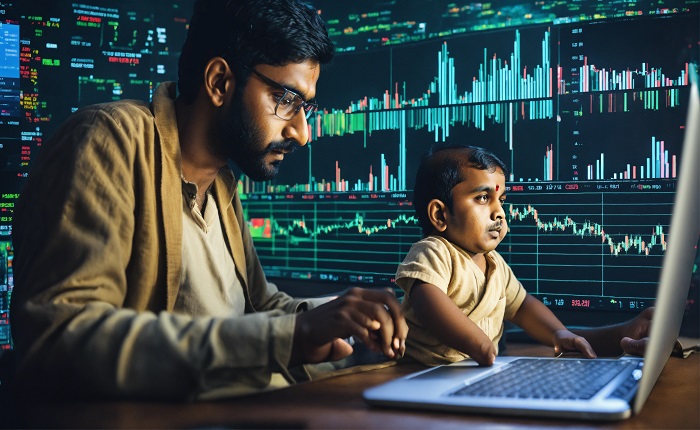Myanmar vs Singapore in Economic, Cultural, and Technological Arenas

In the ever-evolving landscape of Southeast Asia, two countries stand out for their unique trajectories: Myanmar and Singapore. Despite their geographic proximity, these nations differ dramatically in their economic policies, cultural heritage, and technological advancements. This comprehensive analysis seeks to explore the nuances that define Myanmar and Singapore, highlighting their strengths, challenges, and the lessons they offer to the region and beyond.
Economic Overview of Myanmar and Singapore
Myanmar, with its rich natural resources and burgeoning market reforms, contrasts sharply with Singapore’s highly developed, trade-oriented market economy. This section will delve into the GDP growth, key industries, and economic strategies of both countries.
Political Landscape and Its Impact on Economy
The political landscape in Myanmar has seen significant upheaval, affecting its economic stability and growth. Conversely, Singapore’s stable political environment has been a bedrock of its economic success. We’ll explore how governance impacts economic policies and international investment in both countries.
Technological Innovation and Adoption
Singapore stands as a global leader in innovation and technology. Myanmar, while still developing in this area, shows promise with increasing internet penetration and mobile usage. This part compares the tech ecosystems and digital transformations underway in both nations.
Cultural Heritage and Global Influence
From the glittering Shwedagon Pagoda in Myanmar to the futuristic Gardens by the Bay in Singapore, this section examines how culture shapes and propels the global identity of both countries.
Education Systems and Workforce Development
Education plays a pivotal role in national development. Here, we analyze the educational frameworks of Myanmar and Singapore and their impact on the workforce and global competitiveness.
Environmental Policies and Sustainability Efforts
Singapore’s approach to sustainability and environmental conservation is well-documented, whereas Myanmar is grappling with these issues in its own context. This part highlights the environmental challenges and initiatives in both countries.
Healthcare Systems and Public Health
Comparing healthcare in Myanmar and Singapore provides insights into how public health policies and infrastructure cope with current global challenges, including the COVID-19 pandemic.
Tourism and Its Economic Impact
Tourism is a significant economic driver for Myanmar and Singapore, but the strategies and offerings differ greatly. This section discusses the tourism models and their economic impacts.
Foreign Relations and Diplomacy
International relations play a crucial role in shaping national policy. This part looks at how Myanmar and Singapore navigate their diplomatic waters within ASEAN and the wider global arena.
Challenges and Opportunities in Urban Development
Singapore’s urban planning is renowned worldwide, offering lessons in efficiency and innovation, while Myanmar faces different urban challenges. Here, we explore urban development strategies and their outcomes.
Financial Markets and Investment Opportunities
This section examines the financial sectors of both countries, focusing on investment climates, stock markets, and regulatory environments.
Future Outlook: Projections and Possibilities
What does the future hold for Myanmar and Singapore? This concluding section will explore potential scenarios based on current trends and international dynamics.
Conclusion
Myanmar and Singapore offer stark contrasts and valuable lessons in navigating economic, cultural, and technological paths towards development. While Singapore demonstrates the benefits of long-term planning and innovation, Myanmar showcases the profound impact of political stability and market openness on growth. Both countries, with their unique strategies and challenges, contribute significantly to the discourse on development in Southeast Asia.
FAQs:
Q1: What are the major economic sectors in Myanmar and Singapore? A1: Myanmar’s economy is heavily reliant on agriculture and natural resources, whereas Singapore is a global hub for finance, technology, and trade.
Q2: How have political changes in Myanmar affected its economic relations? A2: Political instability has complicated Myanmar’s foreign investments and economic partnerships, particularly with Western nations.
Q3: What makes Singapore a leader in technological innovation in Asia? A3: Singapore’s robust infrastructure, government support, and strategic partnerships with global tech giants stand out.
Q4: How do Myanmar and Singapore approach cultural preservation while modernizing? A4: Myanmar focuses on the conservation of historical sites and local traditions, while Singapore integrates its multicultural heritage into modern developments.
Q5: What are the future economic prospects for Myanmar and Singapore? A5: Singapore is likely to maintain its economic growth through innovation and high-value industries, while Myanmar’s prospects depend heavily on political stability and policy reforms.





